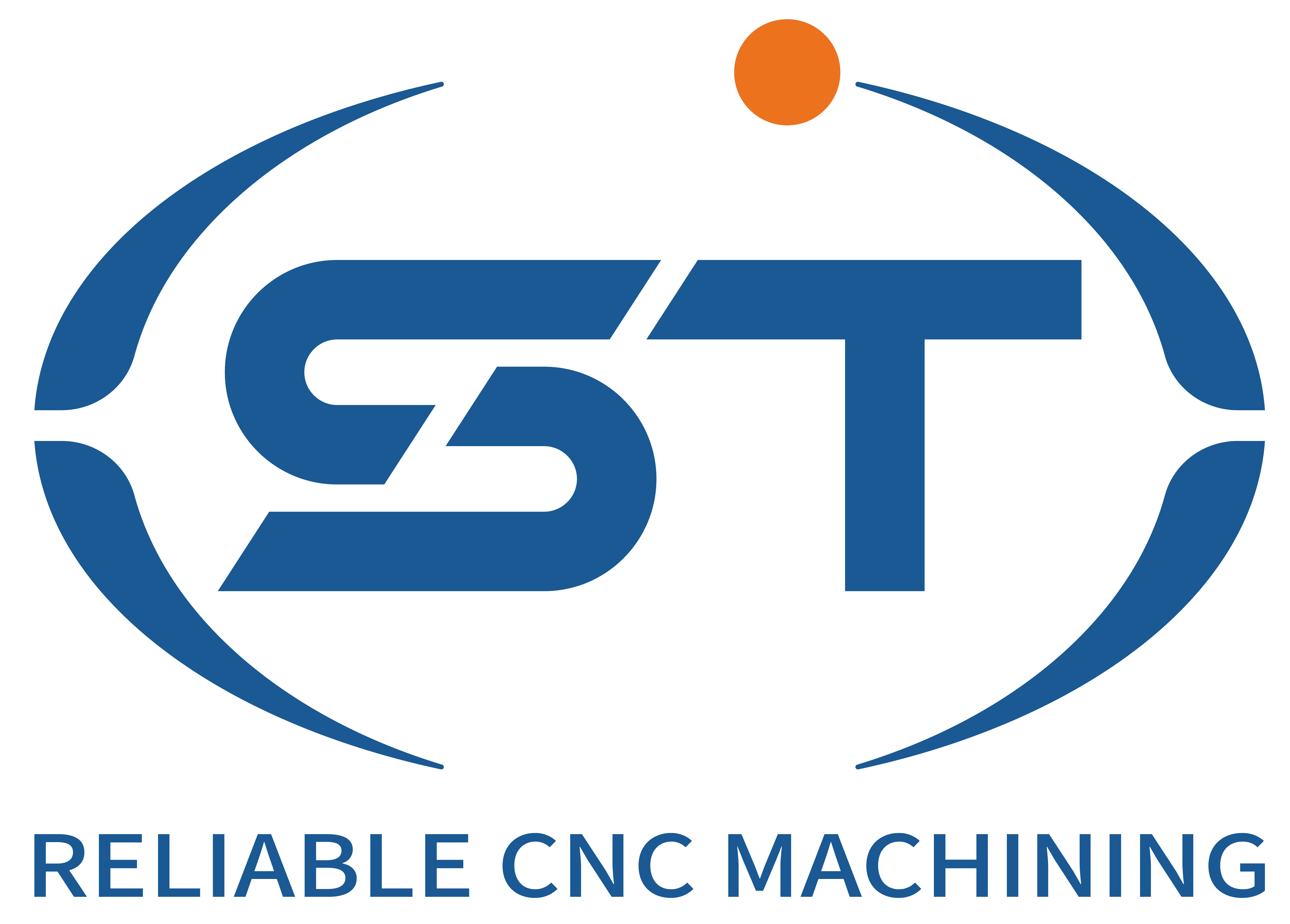The methods to improve the dimensional accuracy of CNC machining of automotive parts can be approached from multiple aspects such as equipment, process, programming, tools, and environment. The following is a detailed introduction:
In terms of equipment
Equipment accuracy calibration: Regularly calibrate the accuracy of CNC machine tools, including geometric accuracy, transmission accuracy and positioning accuracy, etc. For instance, high-precision measuring devices such as laser interferometers are used to conduct precision detection and adjustment on the linear and rotational axes of machine tools, ensuring that the precision of each moving part of the machine tool meets the requirements.
Equipment maintenance and care: Establish a complete equipment maintenance and care system, regularly carry out cleaning, lubrication, tightening and other maintenance work on the machine tools, and promptly replace worn parts such as guide rails, lead screws and bearings to ensure the normal operation and precision stability of the machine tools.
Equipment condition monitoring: Utilizing sensors and monitoring systems to conduct real-time monitoring of the operating status of machine tools, such as parameters like vibration, temperature, and cutting force. Once any abnormal situation is detected, measures should be taken promptly for handling to prevent the decline in processing dimensional accuracy due to equipment failure.
In terms of technology
Optimize the processing technology route: According to the structural characteristics and processing requirements of the parts, reasonably arrange the processing sequence and process steps to minimize the number of clamping times and processing deformation as much as possible. For instance, for parts with complex shapes, a processing method that completes multiple procedures in one clamping can be adopted to avoid positioning errors brought about by multiple clamping operations.
Reasonable selection of cutting parameters: The selection of cutting parameters has a significant impact on the dimensional accuracy of processing. Parameters such as cutting speed, feed rate and cutting depth should be reasonably selected based on the material of the part, the material of the tool and the processing requirements. For instance, during rough machining, a larger cutting depth and feed rate can be adopted to enhance the machining efficiency. During finish machining, the cutting depth and feed rate should be reduced and the cutting speed increased to ensure machining accuracy and surface quality.
Adopt appropriate processing methods: Select suitable processing methods based on different part features and processing requirements. For example, for hole processing, a combination of multiple processes such as drilling, reaming and boring can be adopted to improve the dimensional accuracy and surface quality of the holes. For planar processing, methods such as milling and grinding can be adopted. Appropriate processing equipment and process parameters should be selected based on the precision requirements.
Programming aspect
Precise programming: Programmers should be proficient in numerical control programming technology and process knowledge, and precisely write processing programs based on part drawings and processing requirements. During the programming process, factors such as tool radius compensation and length compensation should be fully considered to ensure the accuracy of the tool movement trajectory.
Program optimization: Optimize the written processing programs to reduce unnecessary idle strokes and repetitive processing, and improve processing efficiency. At the same time, the tool path and cutting parameters should be set reasonably to avoid excessive cutting force and vibration generated by the tool during the processing, which may affect the dimensional accuracy of the processing.
Simulation: Before formal processing, the processing program is simulated using numerical control processing simulation software to check whether the tool path is correct and whether there are any issues such as interference and collision. Through simulation and emulation, errors in the program can be detected and corrected in a timely manner, avoiding the occurrence of defective products in actual processing.
Regarding cutting tools
Reasonable selection of cutting tools: Based on the material of the part, processing requirements and the performance of the machine tool, choose the appropriate type, material and geometric parameters of cutting tools. For example, for materials with high hardness, hard alloy or ceramic cutting tools should be selected; For parts with high processing accuracy requirements, tools with high precision and sharp cutting edges should be selected.
Tool wear monitoring: During the processing, it is necessary to closely monitor the wear of the tools and replace those that are severely worn in a timely manner. The degree of tool wear can be judged by observing the shape of the chips, changes in cutting force, and the quality of the machined surface, etc.
Tool pre-adjustment: Before installing the tool, it is necessary to pre-adjust the tool to ensure that its dimensional accuracy and installation position meet the requirements. The length, diameter and other parameters of the cutting tool can be precisely measured and adjusted by using equipment such as the tool pre-adjustment instrument.
In terms of the environment
Control the ambient temperature: Temperature changes can affect the thermal deformation of machine tools and parts, thereby influencing the dimensional accuracy of processing. The CNC machining workshop should be controlled within an appropriate temperature range, generally maintained at around 20℃±2℃. At the same time, it is necessary to prevent the machine tool from being directly exposed to sunlight and heat sources.
Reduce vibration interference: Vibration is one of the important factors affecting the dimensional accuracy of processing. Effective vibration reduction measures should be taken, such as installing the machine tool on a vibration reduction foundation or using vibration isolation pads, to minimize the impact of external vibrations on the machine tool. In addition, attention should be paid to the vibration sources inside the machine tool, such as motors and transmission components, to ensure its smooth operation.
Keep the environment clean: Dust, debris and other substances in the processing environment may enter the interior of the machine tool, affecting its accuracy and reliability. It is necessary to keep the processing workshop clean and hygienic. Regularly clean the machine tools and worktables to prevent dust and debris from interfering with the processing process.




